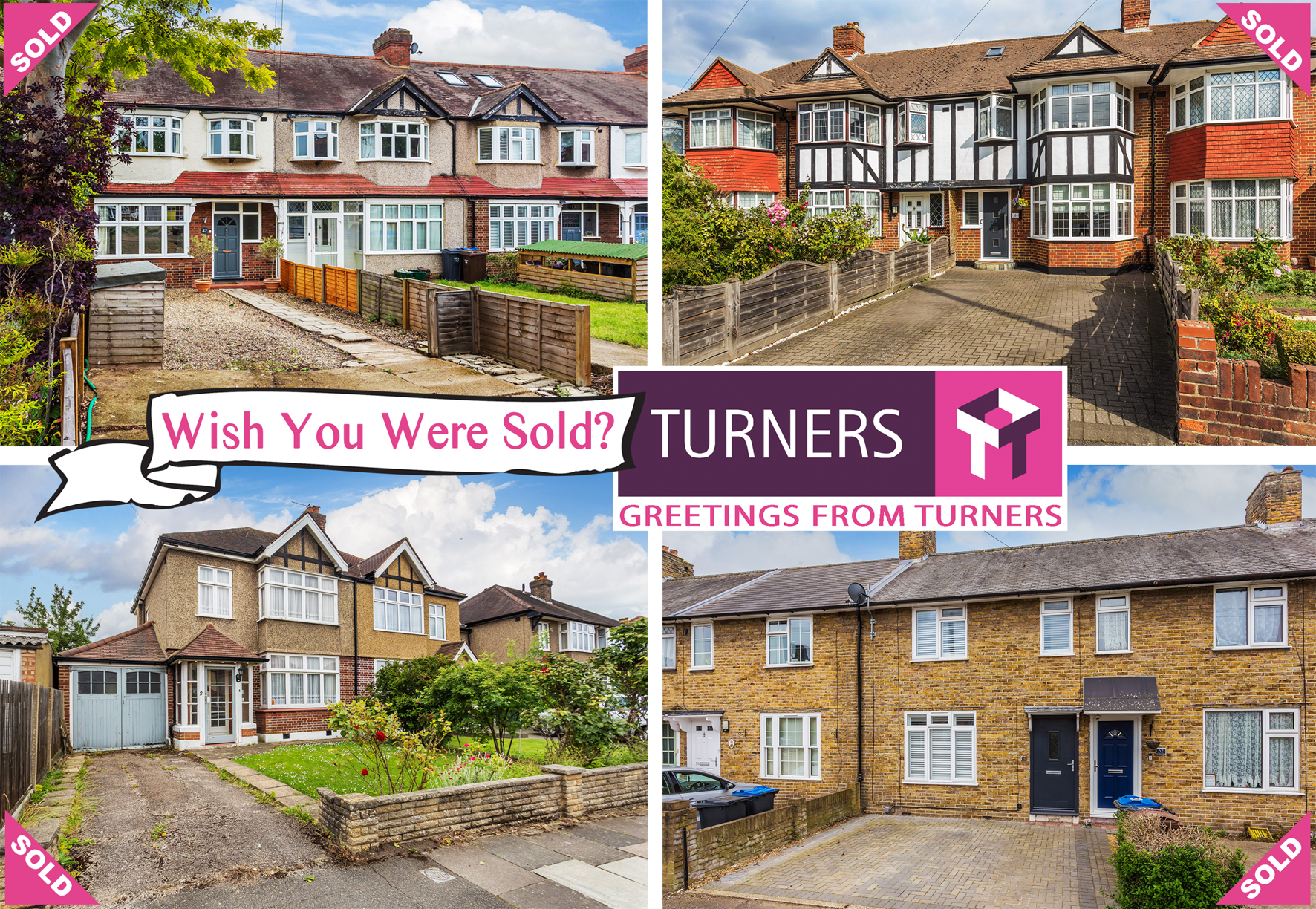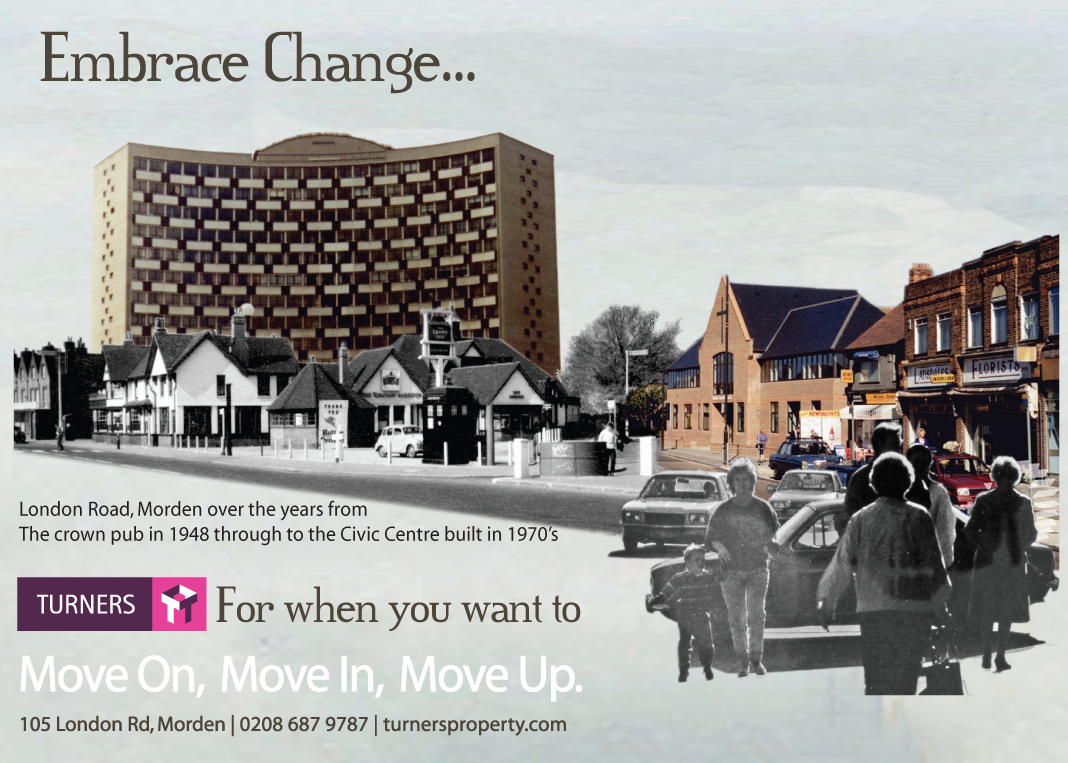Merton Park Area Guide
Merton Park - Housing Stock
Merton Park was developed in the late 1800s as a garden suburb by the landowner John Innes.
With houses of varying size and of differing architectural styles Merton Park lives up to its reputation of being an aspiring family neighbourhood with its tree-lined streets commanding ever-increasing prices in its designated conservation area while still offering lots of development potential towards it southern boundaries.
Notable streets include Mostyn Road, Sheridan Road & Dorset Road, which boast some of the larger houses in the area. With such a mix of styles it is very difficult to describe a typical Merton Park property however some recurring features are; steeply-pitched roofs with classic, Dutch-style gables, Arts and Crafts movement inspired window frames and decorative brick or timberwork.
The array of architectural styles shows the development of Merton Park from a series of large houses that would have had an area of land which was then sold off as more houses were built and hence the mix of terraces, semi -detached and detached properties.
The northern end of Merton Park is a conservation area while the latterly developed south side is not. Property prices therefore vary from street to street though this also reflects the wide variety of housing stock and the sizes and layouts of each. Typical 1930s three-bedroom family homes are around 1100sqft but when valuing for the housing market each property in Merton Park should be considered individually. It is this idiosyncrasy that makes Merton Park such a charming and desirable location.
A History of Merton Park
Merton was originally a small parish built up around the beautiful St Mary’s Church just south of Kingston Road.
St Mary’s Church is certainly worth exploring with a history going as far back as Norman times when Merton Priory was situated nearby and a Norman archway was re-erected after its discovery in the early 1900s. The church itself has hatchments of Admiral Lord Nelson who worshipped there and one of the churches windows was designed by Edward Burne-Jones.
In the 1860s land around the parish was bought by philanthropist John Innes who owned a manor in the area and used his land to develop a garden suburb for the middle classes. Parks, gardens and greenery were a key element to the design, with the estates architect and local resident, Henry Goodall Quartermain, using land from John Innes’ own gardens to create a public park. Today the landscaping remains remarkably unchanged and indeed even benefitted from the development of the area…
…By the 1930s the arrive of Morden Underground Station saw significant development towards the southern part of Merton Park, and in fact Mostyn Park was built by the local council. Likewise Kendor Gardens was created precisely because it covers the underground railway tunnels and thereby is not allowed to be developed.
Rutlish School as a building was founded by Innes who was the trustee of a charity established by William Rutlish to educate the poor children of Merton. Formerly a grammar school and now a well-respected Comprehensive school, Rutlish helps to maintain strong bonds with the community with regular reunions of former pupils and sports clubs open to all.
With an active residents association and the John Innes Society both having a vested interest in maintaining the exclusivity of the area, Merton Park is perennially popular with people seeking family homes, though increasingly young professionals appreciating the proximity of Morden Station mean that the area is surprisingly diverse, but still very much the tranquil garden suburb that Innes originally envisaged.
Merton Park’s Local Amenities
Merton Park’s proximity to Morden, Wimbledon, Raynes Park and beyond means there are plenty of options when it comes to dining out, shopping and socialising. Merton Park itself is very much residential but the Leather Bottle serves as the local pub and with central Wimbledon being no more than a 15 minute walk away many Merton Park residents see this as their main social hub. However it is worth exploring some of the quieter but culturally diverse restaurants near South Wimbledon such as Aya, a Lebanese restaurant and Little Vietnam, which offers exactly that; a little taste of Vietnam.
The John Innes recreation ground has ornamental gardens, a cricket pitch and tennis courts. An outdoor gym and children’s play areas can be found in Mostyn Gardens. The private Cranleigh Lawn Tennis Club is located in Merton Park and offers very reasonable membership rates and provides coaching programmes to local schools.
Morden Hall Park is also just a short walk away; a little known National Trust treasure that boasts a superb garden centre, arts and crafts workshops, café and rose gardens.
The Nelson hospital is on the northern boundary of Merton Park and there are police stations in both Morden and Wimbledon. Transport links are excellent with Morden Station being the start of the Northern Line and going directly into Central London and the City of London. Wimbledon has an over-ground train station and underground lines (circle & district) making Central London and the Surrey suburbs highly accessible. Interestingly Merton Park is also one of the few UK constituencies to consistently return independent councillors all of whom are proactive and visible in the area.













